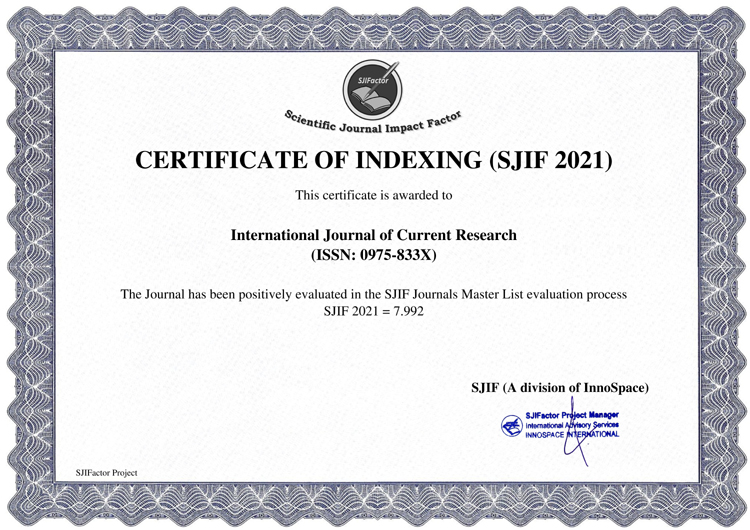Introduction: Many studies have reported the risk factors for obstetric fistula, but little is known on the causes particularly in Cameroon. Knowledge on the causes of obstetric fistula could help in preventing its occurrence. Objectives: The purpose of this study was to assess the causes of obstetric fistula. Methods: We conducted a cross-sectional descriptive study to identify the causes of obstetric fistula treated at the University Hospital of Yaoundé, Cameroon from January, 1, 2009 to September, 31, 2011. Results: During the study period, we identified, 58 obstetric fistula cases, genito-urinary fistula, 35 cases (60.3 %), recto-vaginal fistula 19 cases (32.8%) and mixed fistulas 4 cases (6,9%) respectively. The causes of genito-urinary obstetric fistulas were: ischemic necrosis after obstructed labor (62.7%), direct tear by poorly conducted cesarean delivery (25.7%), emergency hysterectomy (5.8%), forceps delivery 2.9% and direct tear during induced abortion (2.9%) respectively. All cases of mixed fistula were caused by ischemic necrosis due to obstructed labor. Among the 39 patients with genito-urinary fistulas, 7(17.9%) prevention was envisaged by the use of an indwelling catheter, this measure was not used for 30 (76.9%) cases and 2(5.1) could not remember whether any catheter was used. Conclusion: The most frequent causes of obstetric fistulas among patients treated at our institution were ischemic necrosis due to obstructed labor and direct tear complicating cesarean delivery that are all preventable.





